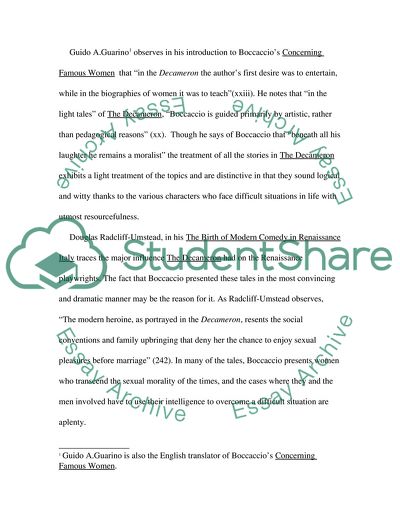Cite this document
(The Decameron: A Monument to Ingenuity Book Report/Review, n.d.)
The Decameron: A Monument to Ingenuity Book Report/Review. https://studentshare.org/literature/1707021-the-decameron-a-monument-to-ingenuity
The Decameron: A Monument to Ingenuity Book Report/Review. https://studentshare.org/literature/1707021-the-decameron-a-monument-to-ingenuity
(The Decameron: A Monument to Ingenuity Book Report/Review)
The Decameron: A Monument to Ingenuity Book Report/Review. https://studentshare.org/literature/1707021-the-decameron-a-monument-to-ingenuity.
The Decameron: A Monument to Ingenuity Book Report/Review. https://studentshare.org/literature/1707021-the-decameron-a-monument-to-ingenuity.
“The Decameron: A Monument to Ingenuity Book Report/Review”. https://studentshare.org/literature/1707021-the-decameron-a-monument-to-ingenuity.


